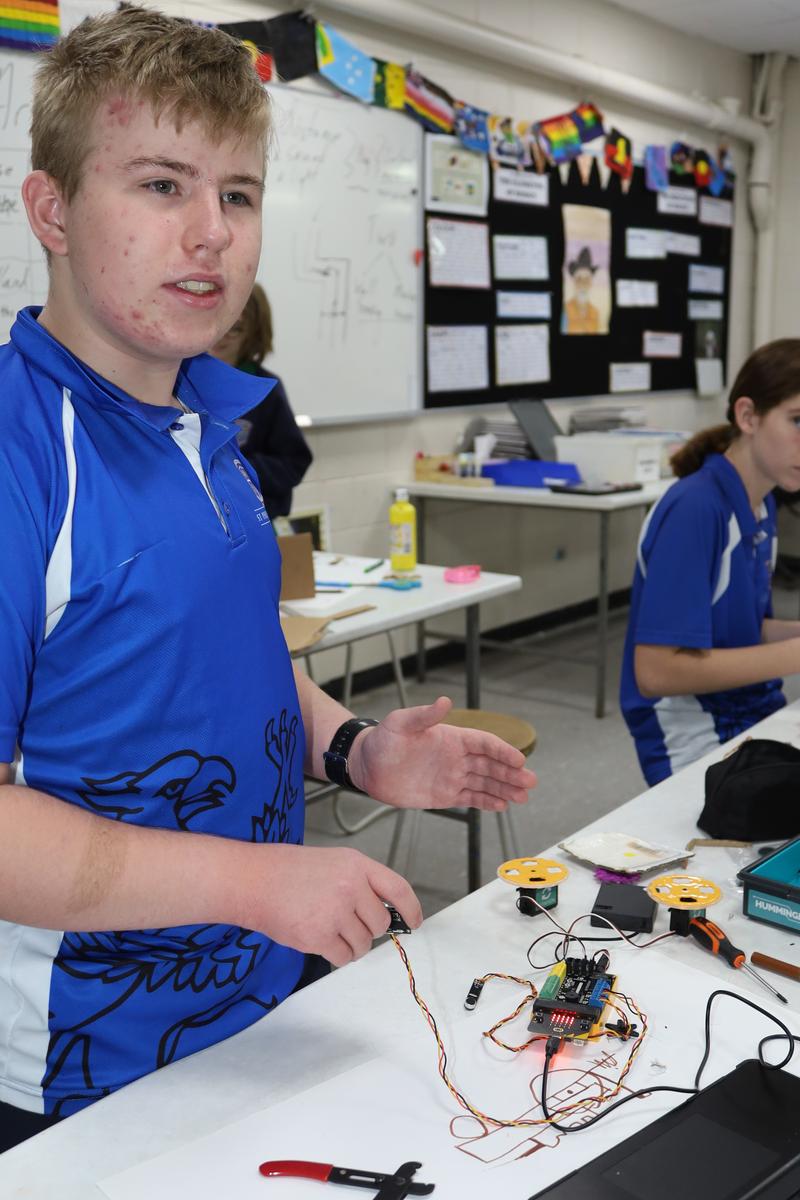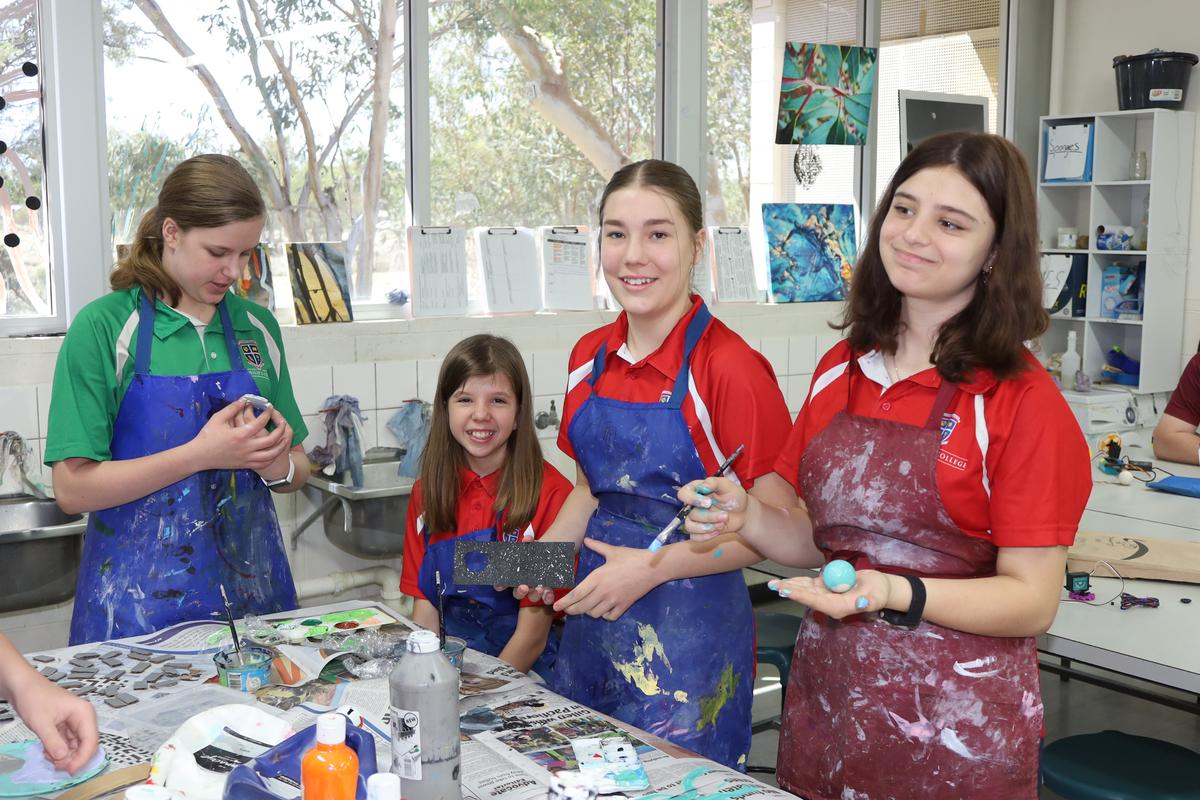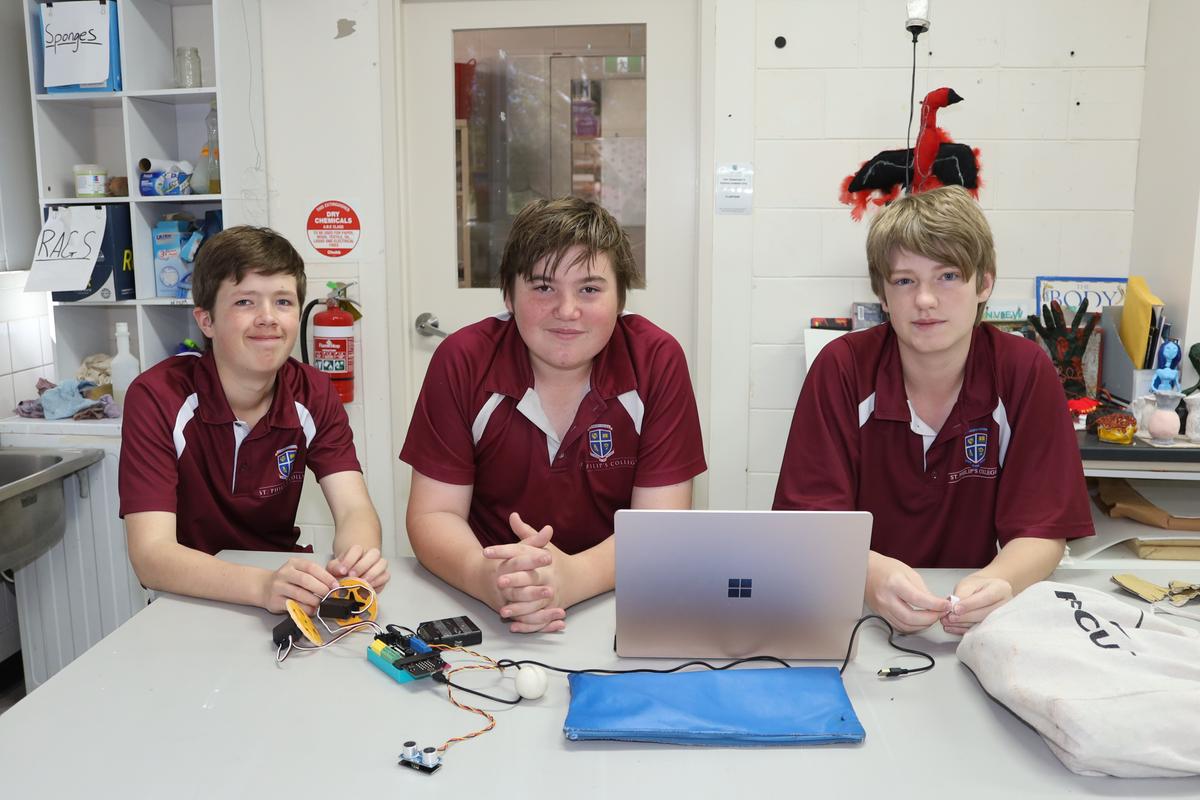Artbotics
A new era in physical computing

Artbotics
A new era in physical computing
After a very generous, but anonymous, donation at the end of last year, we have been able to set up a new subject area within the Creative Industries faculty called Artbotics. The intention is to make Artistic Robots, hence the name Artbotics. This has run as a two lessons a week - for one term subject in Year 7 (a total of eight classes throughout 2021). All of Year 7 have done this subject and it was also one of the activities for the Summer Carnival (see below).
We are instructing students in some rudimentary robotics concepts (a robot uses sensors to sense its environment and then is programmed to respond in some autonomous way to that input) and then getting them to build and program some sort of robot which needs to have an artistic component.










The response from students has been fantastic. The range and inventiveness of the Artbotic projects created has been astounding. There have been a few car-like ones, but also dogs, clams, crabs, jellyfish, automatic toilets, rainbows, birds in trees, soccer goals, etc, etc. Mostly these have been built out of cardboard and held together with hot clue or tape. Some are soft creations using felt and still others have used various plastic or styrofoam objects as their basis. Mostly these are then painted or coloured using paper clued on.
The robotics part of the objects have been provided by one of two systems (students get exposure to both and then choose which one they prefer for their project).
The first is the Circuit Playground Express from Adafruit. These have built in sensors and can be programmed to light up and make sounds. They can also be used to drive Neopixel strips of multi-coloured lights.
The second is the Hummingbird bit kits from Birdbrain Technologies. These use a Microbit micro controller and various sensors (distance, sound, light, acceleration, etc) and respond with light, movement, sound, etc. Both of these systems have been programmed using Makecode from Microsoft. This is a block-based computer language (like Scratch which is used in Year 7 Digital Technology) which makes it very readable and very accessible to people just starting with writing code.
This area will likely now only increase within the College in the coming years. For instance, we now have some 3D printers which will form another branch of this tree from next year and hope to purchase technology like laser cutters in the future.
I’d really like to thank that anonymous donor who made possible the purchase of the parts for this new area, and also Mr Bill Kerr for his knowledge and motivation to get this area up and running.
Dr Matt Johnson